Although it is pretty rare, a small number of Japanese people have blue eyes. The truth is, blue eyes are not predominant to Japanese people.
Researchers, however, discovered a small blue-eyed community living on an Island in Northern Japan.
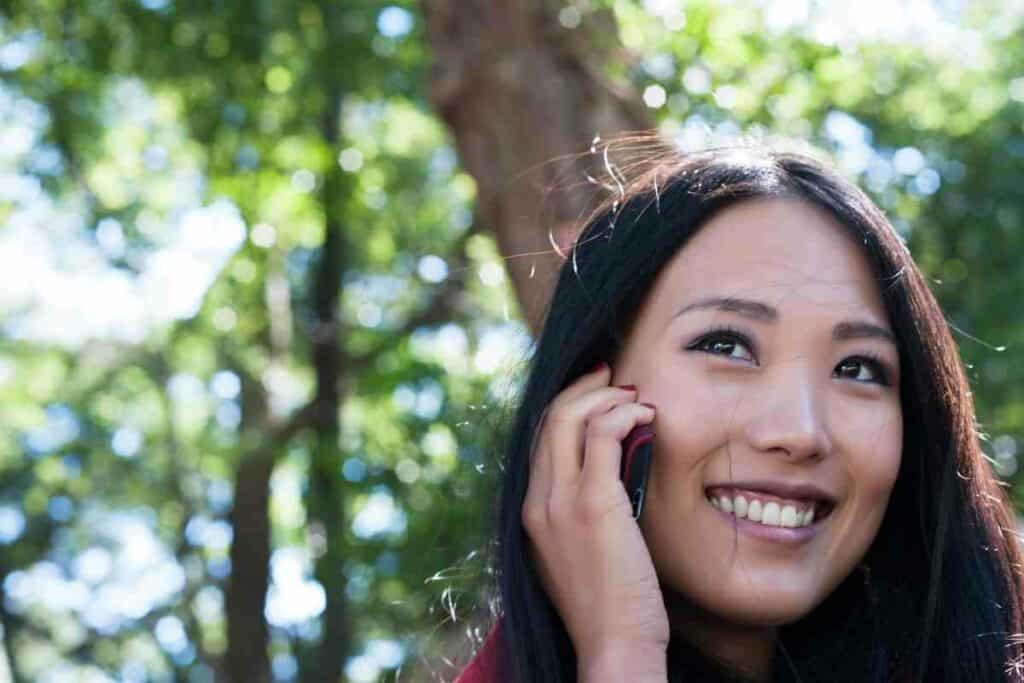
Known as the indigenous people of Japan, the Ainu live in Hokkaido and have different physical features from other Japanese people.
A few Japanese people have blue eyes – Although recent studies state that this may be a myth. Tokyo Medical University found people with partially blue eyes in Akita and Aomori, Northern Japan.
They say Russians may have passed down the blue gene by mixing with the local people thousands of years ago.
These studies, therefore, prove that although highly uncommon, a tiny number of Japanese people have some blue in their eyes.
Table of Contents
What color eyes do the Japanese have?
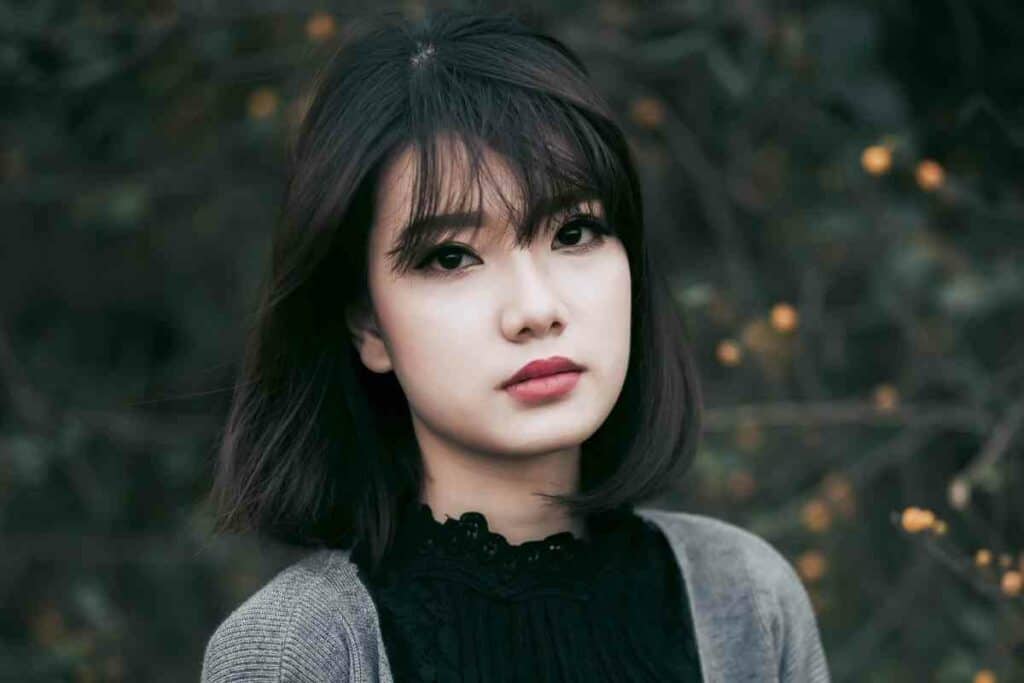
Most Japanese people have dark brown eyes that are sometimes mistaken as black, while others have lighter brown eyes.
Those who live closer to Russia’s border have colored eyes that are a mix of blue, brown, and green.
A Japanese will only have colored eyes if an ancestral or current family member is of Caucasian origin and genetically passes down dominant blue eye genes.
Booking.comCan brown eyes turn blue?
Unfortunately, your eyes can not naturally turn from brown to blue. Your eye color is genetic, similar to your skin and hair color.
The only way to change the color of your iris is by wearing blue colored contact lenses.
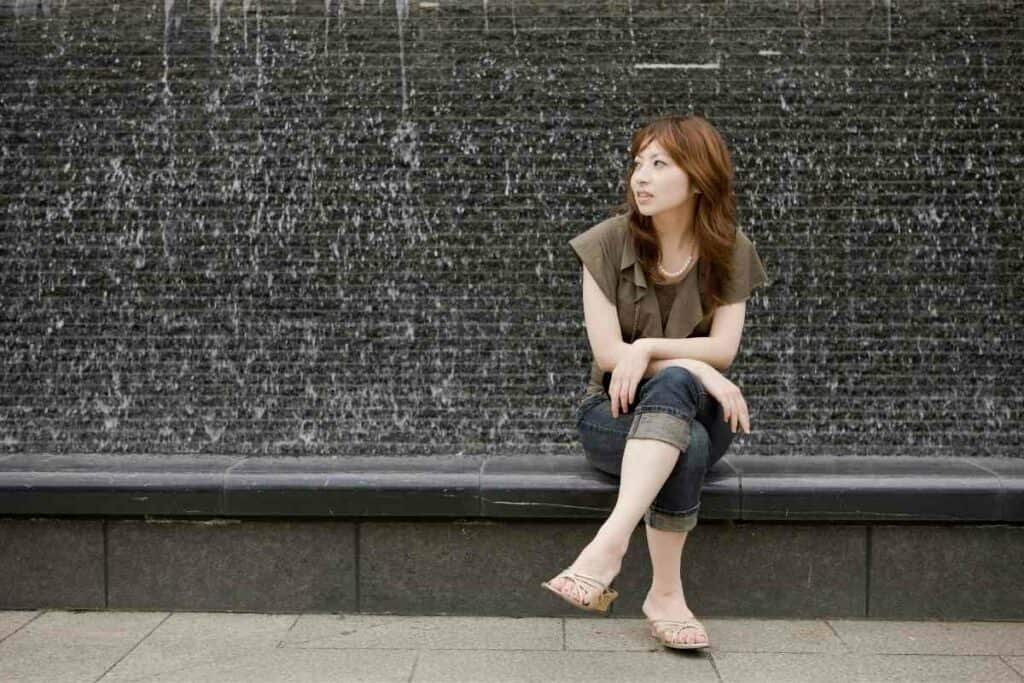
However, a US medical firm pioneered a laser procedure to turn brown eyes to blue. It works by removing the brown melanin found in the iris’s frontal layers.
They base it on the primary concept that there is a blue eye under every brown eye, although the blue pigmentation is not present in the eye.
The procedure is not reversible, and the company is yet to complete clinical trials.
The implant of the iris, a surgical procedure meant to cure eye problems, was considered to change eye color cosmetically.
However, the American Ophthalmologists board warned people against undertaking this operation as it can cause permanent damage to their eyes, including blindness.
Standard races with blue eyes
Blue-eyed people are primarily found in Europe.
People with blue eyes represent about 10% of the world’s population.
Among them, the Europeans have the most variety of light-toned eye colors. People with blue eyes do not have a blue pigment in their iris.

The eye structure, in all humans, shows the inner second layer of the iris usually has a brown color.
Blue eyes contain less melanin than other colored eyes, making them more sensitive to direct light.
People with blue eyes are advised to wear protective sunglasses when going out during the day to safeguard their eyes from the sun’s UV rays.
Nonetheless – Blue-eyed people may find it easier to see at night. Persons with blue eyes are also prone to common eye diseases due to their lower level of eye melanin.
Their risk of getting eye cancer is higher than other colored or brown-eyed human beings.
Origin of blue eyes
Researchers suggest that we all had brown eyes, but a gene mutation in an early European person over 10,000 years ago brought on blue eyes.
Therefore, today, the world believes all the people with blue eyes got them because of a genetic mutation long ago, linking them to an identical ancestor.
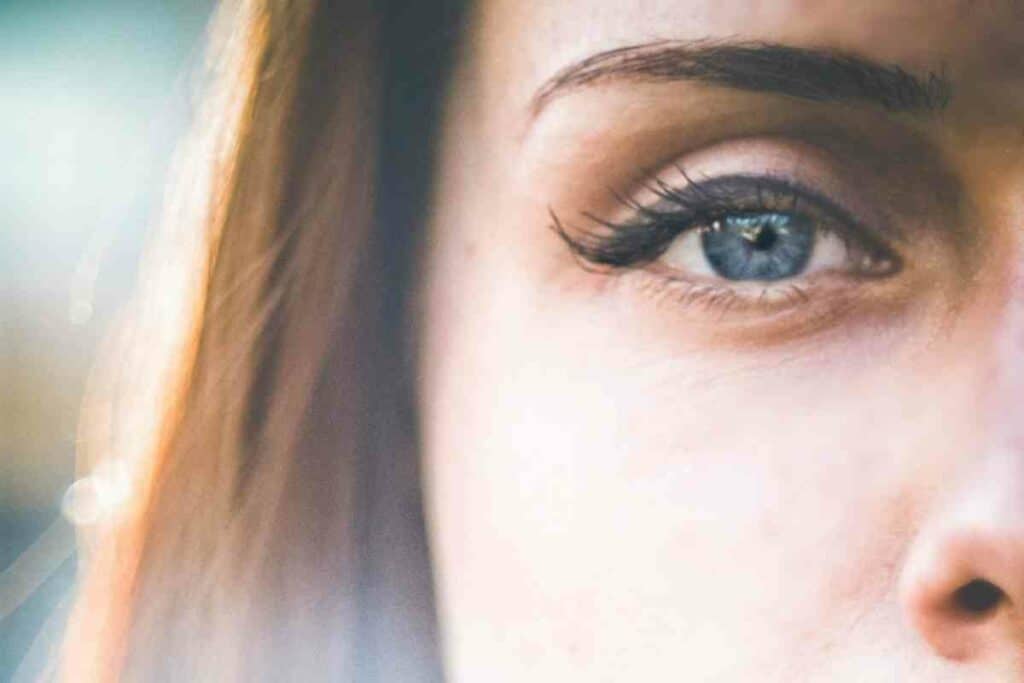
Most Caucasian children are born with blue eyes, but they later change to different hues. It happens because babies do not have a lot of pigment at birth.
Melanin of the iris develops over time, hence the change in eye color as the child grows.
From Around Age 3: Children will get the color of eyes they will have for the rest of their lives.
Are blue eyes attractive?
People generally stereotype blue-eyed people as being more attractive.
It is assumed that having blue eyes is not expected as only a tiny percentage of people have them worldwide.

We believe this misconception comes from the knowledge that people tend to value scarce things.
Historically – Human beings were drawn more to people with blue eyes as they were considered the most appealing. British people are primarily known to consider blue eyes suitable for attracting mates.
However, no evidence suggests or proves that having blue eyes makes you more attractive than brown, green, or hazel-eyed people. Across the world, brown eyes are the dominant color.
Researchers conducted social surveys to prove that besides Asians who are fascinated by blue eyes due to their rarity in their communities, most people do not consider having blue eyes more attractive.
Can a half Japanese have blue eyes?
You cannot predict the color of your child’s eyes.
Parents cannot guarantee that their children will have blue eyes because they both have blue eyes.
However, for a half Japanese to have blue eyes, both parents have to have a foreign Caucasian ancestor in their family who had blue eyes.
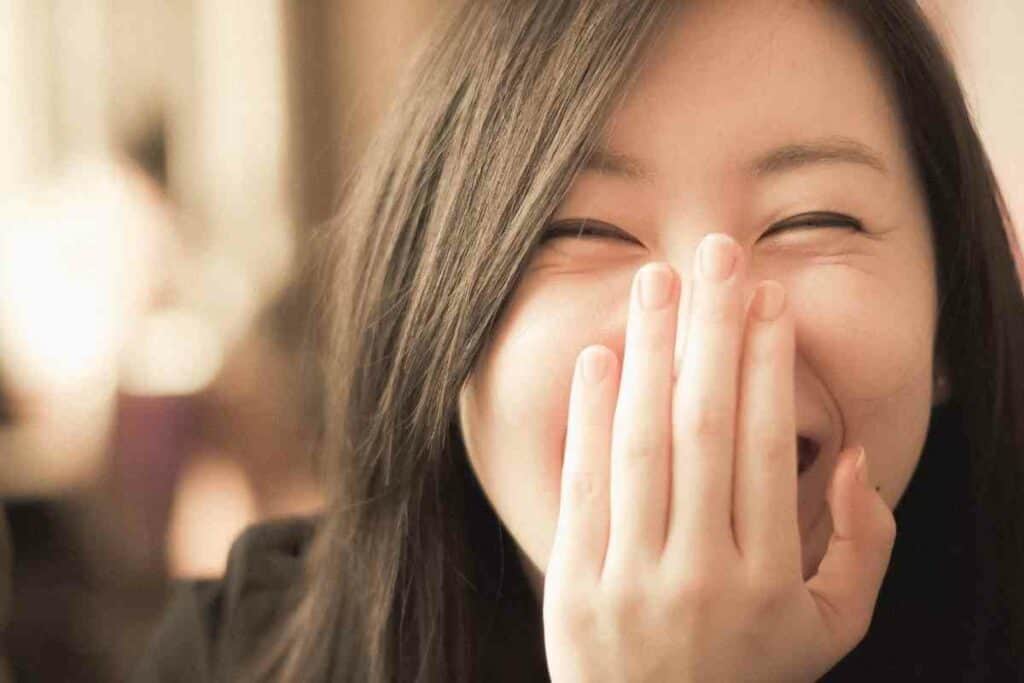
Eye color is not determined by one or two genes but by a mix of about 16 different genes. The skeletal structure of the iris is also said to select eye color to some extent.
Key Takeaway: Simply inheriting eye color by the assumption of parentage is not possible. Only a few Japanese people with a blue-eyed Caucasian family member in their lineage may be born with blue eyes.
What is the rarest eye color?
People with green eyes are considered hard to find.
Most people have brown, hazel, grey, blue, or a lighter hue of all colors. About 2% of the world’s population only has green-colored irises, making them rare.
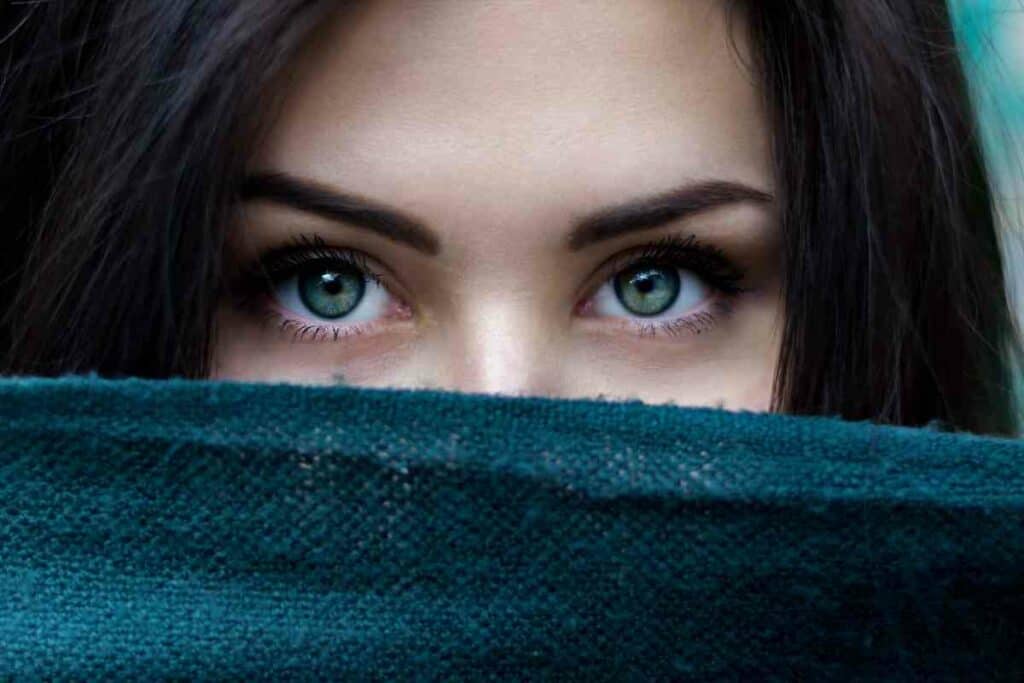
Green-eyed people have the least amount of melanin in their eyes, and when exposed to light, they are a combination of a brown and yellow hue called lipochrome.
How light strikes them is what makes the eyes appear green in color.
For Example – A green look will sometimes appear different depending on the climate or light brightness.
Benefits of having brown eyes
Having brown eyes has many benefits.
No wonder it is the most common eye color globally.
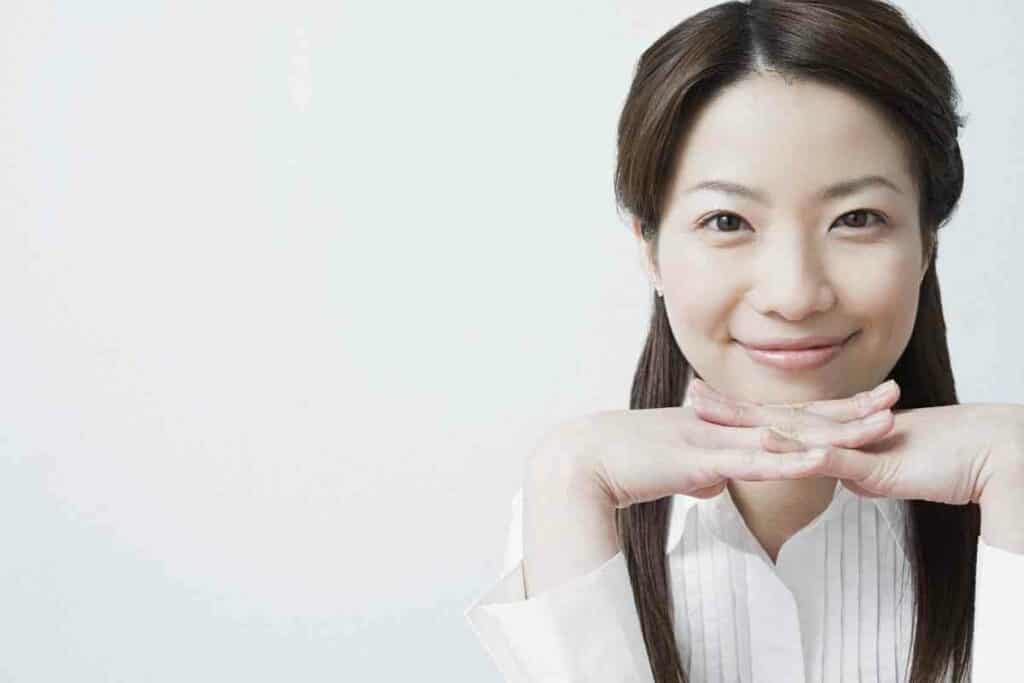
These advantages that make people with brown eyes value them more include:
- They have a reduced risk of contracting common eye diseases. There are fewer chances of people with brown eyes getting infections due to old age like macular degeneration as their eyes have more melanin. They also have lower chances of contracting type 1 diabetes and cancer of the eye, unlike people with blue eyes.
- Color contrasts. Brown eyes come in different shades depending on an individual’s level of melanin and geographical location. Some people have honey brown, amber, chestnut, chocolate, dark brown, cognac brown colored eyes, creating a unique characteristic of each individual.
- Lower risk of sun damage. Light-colored eyes, especially blue-eyed people with less melanin, are susceptible to the sun’s UV rays. On the other hand, brown eyes offer more protection due to higher melanin levels.
Conclusion
Although it is almost impossible to find pure-blooded Japanese people with blue eyes, those of mixed heritage sometimes get the eye color.
Studies show that people generally feel happier around brown-eyed people as they consider them dependable.
Should you like to see how blue eyes would look on you, visit the nearest Ophthalmologist’s office and get yourself a pair of blue contact lenses.
You Might Also Read
- 12 Things Tourists Should NEVER Say in Japan
- Kissing Robot: Exploring the Popularity of the Chinese Kissing App
- Unlocking the Secret Dating Rituals Only Locals Know in Japan
- Samurai Armor: Ancient Protection for Japan’s Elite Warriors
- 10 Amazing Facts About Schools in Japan: Unique Traditions and Educational Practices
- Where can you see snow monkeys in Japan: Best locations and viewing tips









